
Tikbalang, Godfrey Escota Filipino art, Concept art characters, Nerd art
APA Style is widely used by students, researchers, and professionals in the social and behavioral sciences. Scribbr's free citation generator automatically generates accurate references and in-text citations. This citation guide outlines the most important citation guidelines from the 7th edition APA Publication Manual (2020).

SRouse Research Tikbalang Research
A Tikbalang is said to have a tall, muscular humanoid body, with the limbs and head of a horse. It also has long, sharp talons and a mane reminiscent of a lion's. It's important to note that Tikbalang is believed to be a shape-shifter, capable of altering its appearance at will.
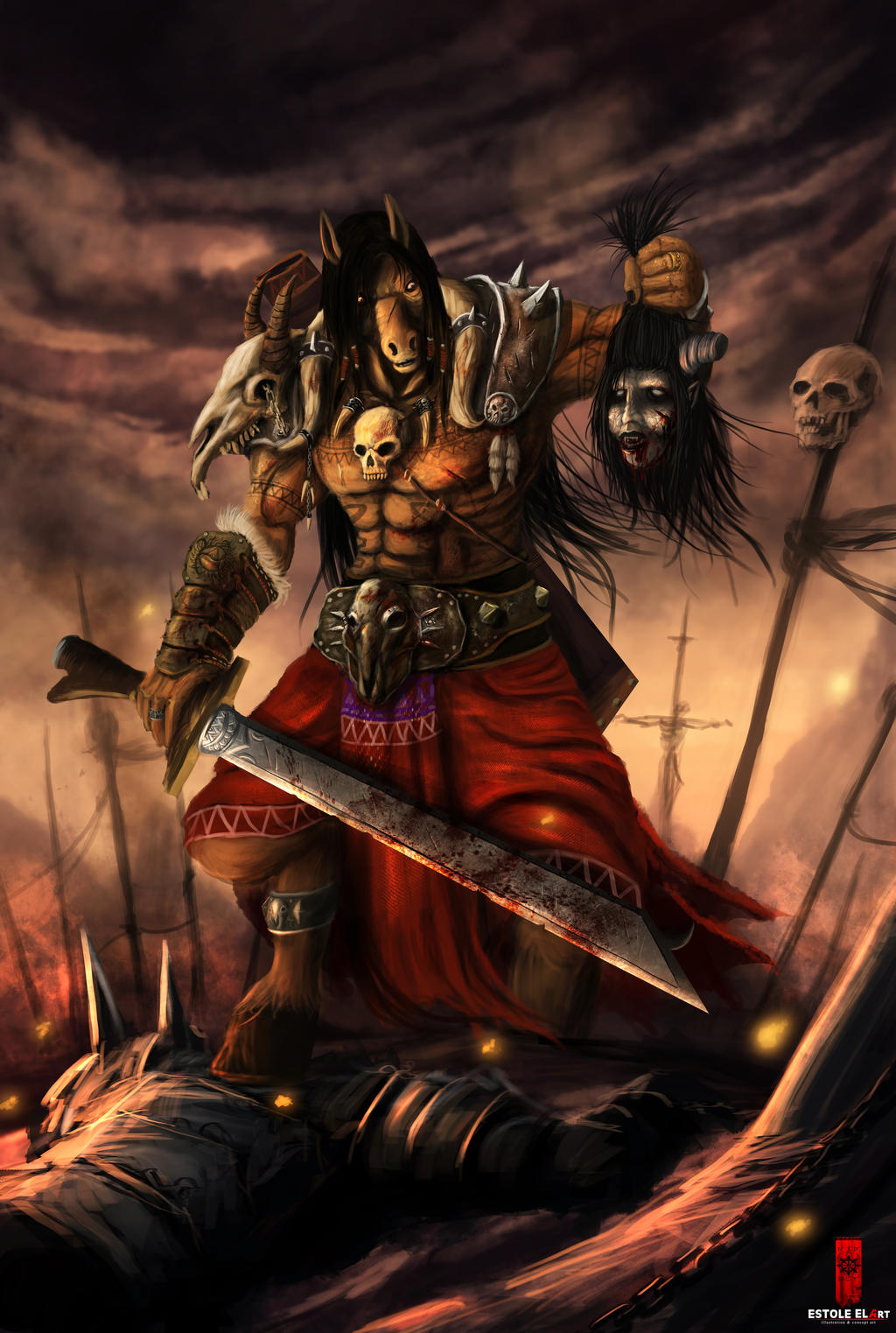
Tikbalang by elartwyne on DeviantArt
Don't miss future episodes of Monstrum, subscribe! http://bit.ly/pbsstoried_subA malevolent spirit lurks in the shadows of forests and the darkest mountains.
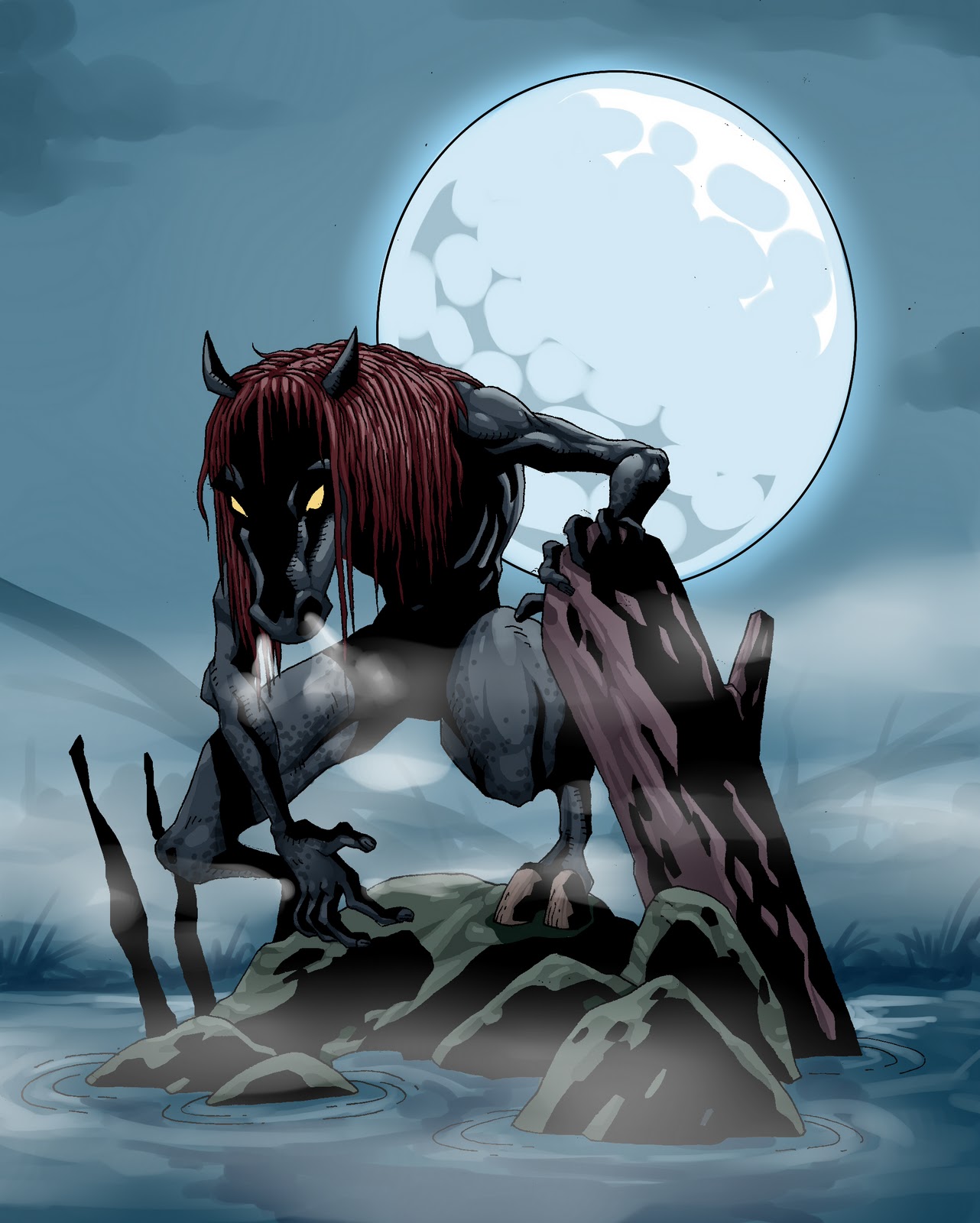
Philippines Folklore The Tikbalang — Steemit
Throughout your paper, you need to apply the following APA format guidelines: Set page margins to 1 inch on all sides. Double-space all text, including headings. Indent the first line of every paragraph 0.5 inches. Use an accessible font (e.g., Times New Roman 12pt., Arial 11pt., or Georgia 11pt.).

ArtStation The Tikbalang
Resources on writing an APA style reference list, including citation formats. Basic Rules Basic guidelines for formatting the reference list at the end of a standard APA research paper Author/Authors Rules for handling works by a single author or multiple authors that apply to all APA-style references in your reference list, regardless of the.

Portal dos Mitos Tikbalang
The Tikbalang is a popular figure in Philippine mythology, often portrayed as a trickster. Legends say Tikbalangs have shape-shifting abilities and can mimic human voices. Stories warn of Tikbalangs' dangers to travelers who stray too far into the wilderness. Tikbalang myths provide insight into Philippine culture and enduring folklore.
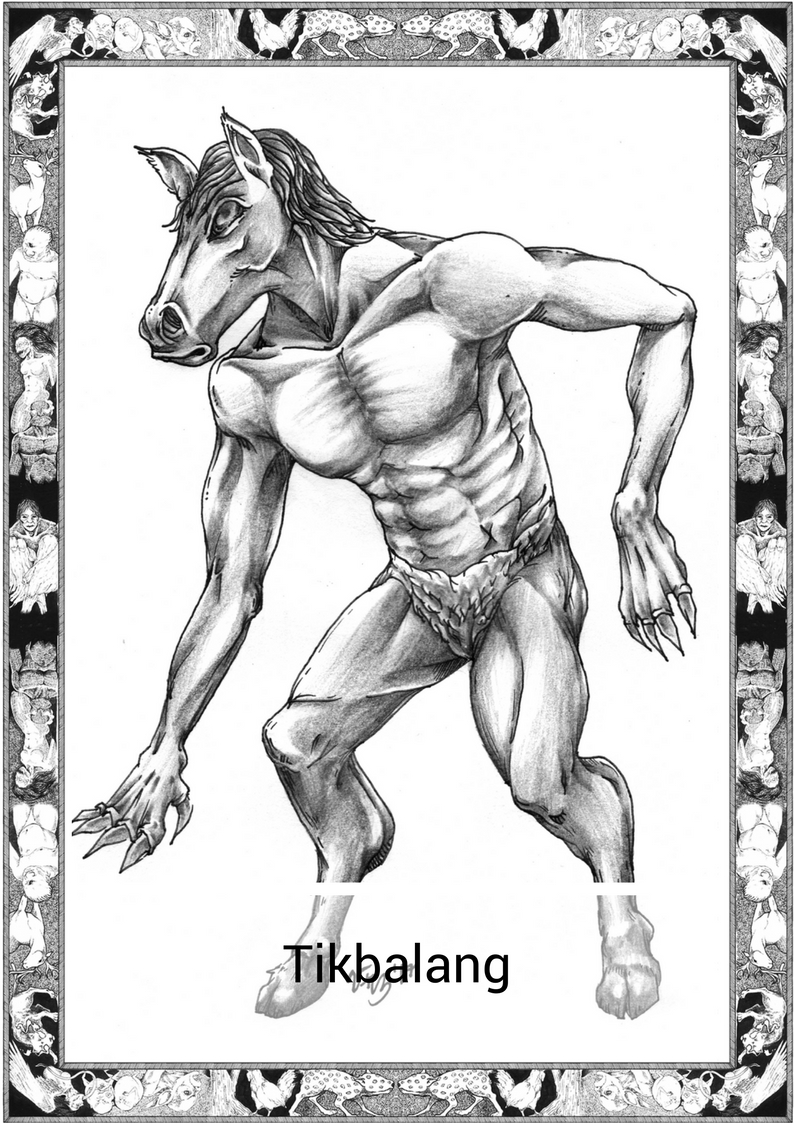
Tikbalang Philippine Spirits
In this work, the tikbalang is a flower child of the late 1960s playing the guitar, a peace pendant hanging from its neck.Anticlassical, Saprid creates figures with a dynamic quality that arises from his particular handling of the medium.His technique of welding strips of metal with a blowtorch produces a jagged effect along the seams where the edges join together.

tikbalang in 2021 Philippine mythology, Filipino culture, Myths
The tikbalang is a tall, upright, bipedal creature with a humanoid body and the head and feet of a horse. They lurk in deep dark forests and scare travelers to get lost. They are shapeshifters who can make themselves appear like anyone (a familiar face, or a handsome stranger), turn invisible at will, or project illusions to fool their victims.

Tikbalang Physiology Superpower Wiki
The Tikbalang (/ˈtikbaˌlaŋ/) (also Tigbalang, Tigbalan, Tikbalan, Tigbolan, or Werehorse) is a creature of Philippine folklore said to lurk in the mountains and rainforests of the Philippines.

Philippine myths and folklores Tikbalang
Tikbalang Introduction. In Philippine mythology, the tikbalang is a half-human and half-horse creature and it's very similar to the centaur in Greek mythology.It's believed that a tikbalang would scare away travelers or lead them astray. In order to break free from this, the creature would require the lost individual to turn his clothes inside out.

Tikbalang by chetosee on DeviantArt Philippine mythology, Beast creature, Mythical creatures
In Philippine folklore, a tikbalang is a bizarre, shape-shifting, trickster spirit that haunts certain places in the wildlands of the country. It is said to be a tall humanoid creature that dwells in the forests and mountains of the Philippines and often described as a reverse form of a centaur.
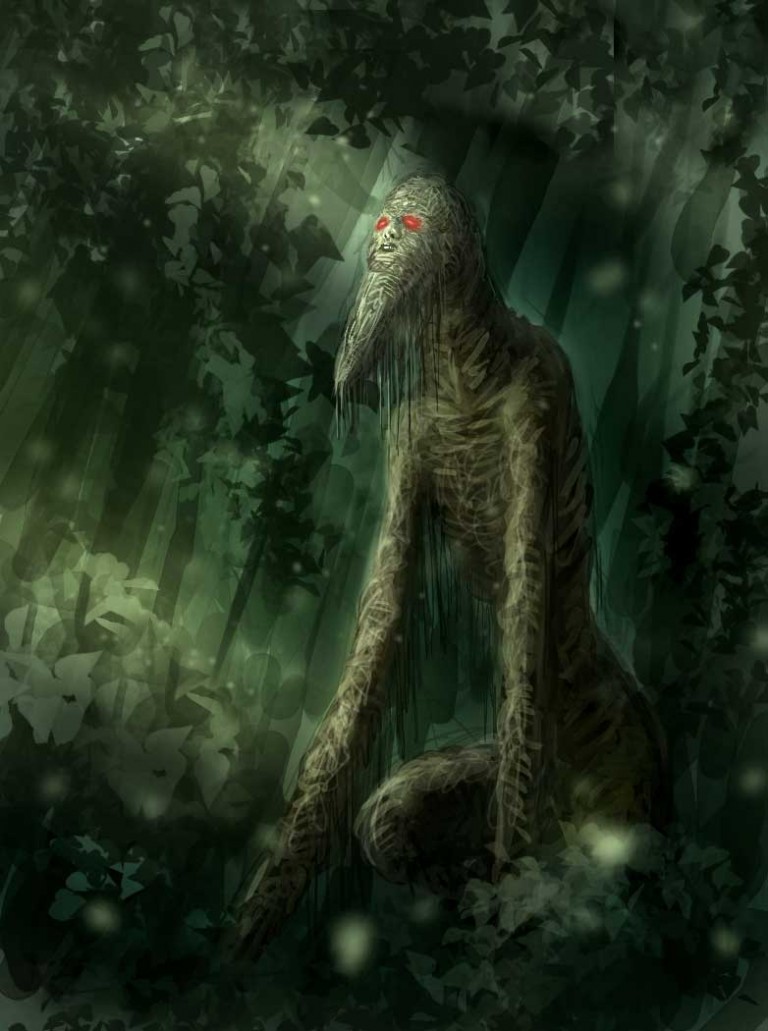
TIKBALANG? • THE ASWANG PROJECT
The Tikbalang is a creature of Philippine folklore that is often described as a horse-human hybrid. It stands taller than a human and has the head and hooves of a horse, but possesses the body of a human. This creates a unique and somewhat eerie silhouette that has captured the imagination of many.
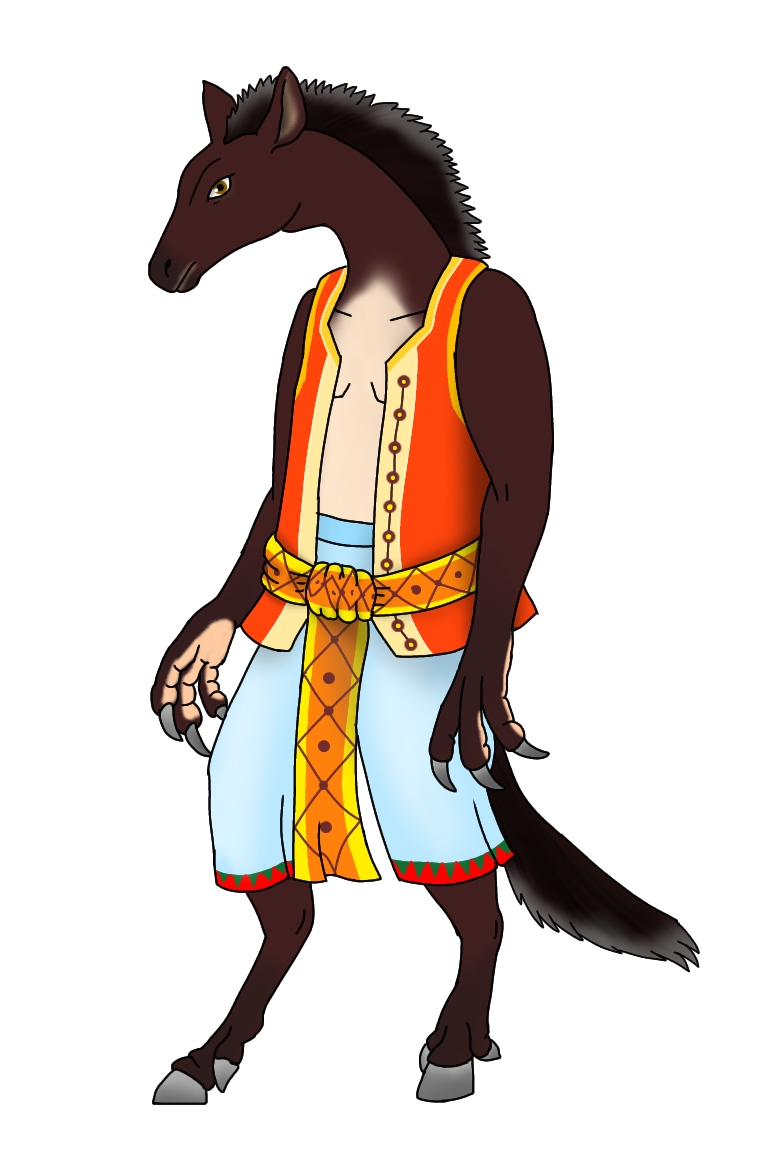
Tikbalang by Ognimdo2002 on DeviantArt
Tikbalang (also written as Tigbalang, Tigbalan, or Tikbalan) is a bipedal horse creature of Philippine folklore said to lurk in the mountains and forests of the Philippines. It is sometimes believed to be a transformation of an aborted fetus which has been sent to earth from limbo. Tikbalangs are said to scare travelers or play tricks on them which will lead them astray from the right path.

Tikbalang? Articles
A humanoid creature with the head of a brown or black horse from Philippine myth. He stalks on travellers in the forest and follows them in a manner that no matter how the traveller tries to evade the Tikbalang, the monster will always be near.
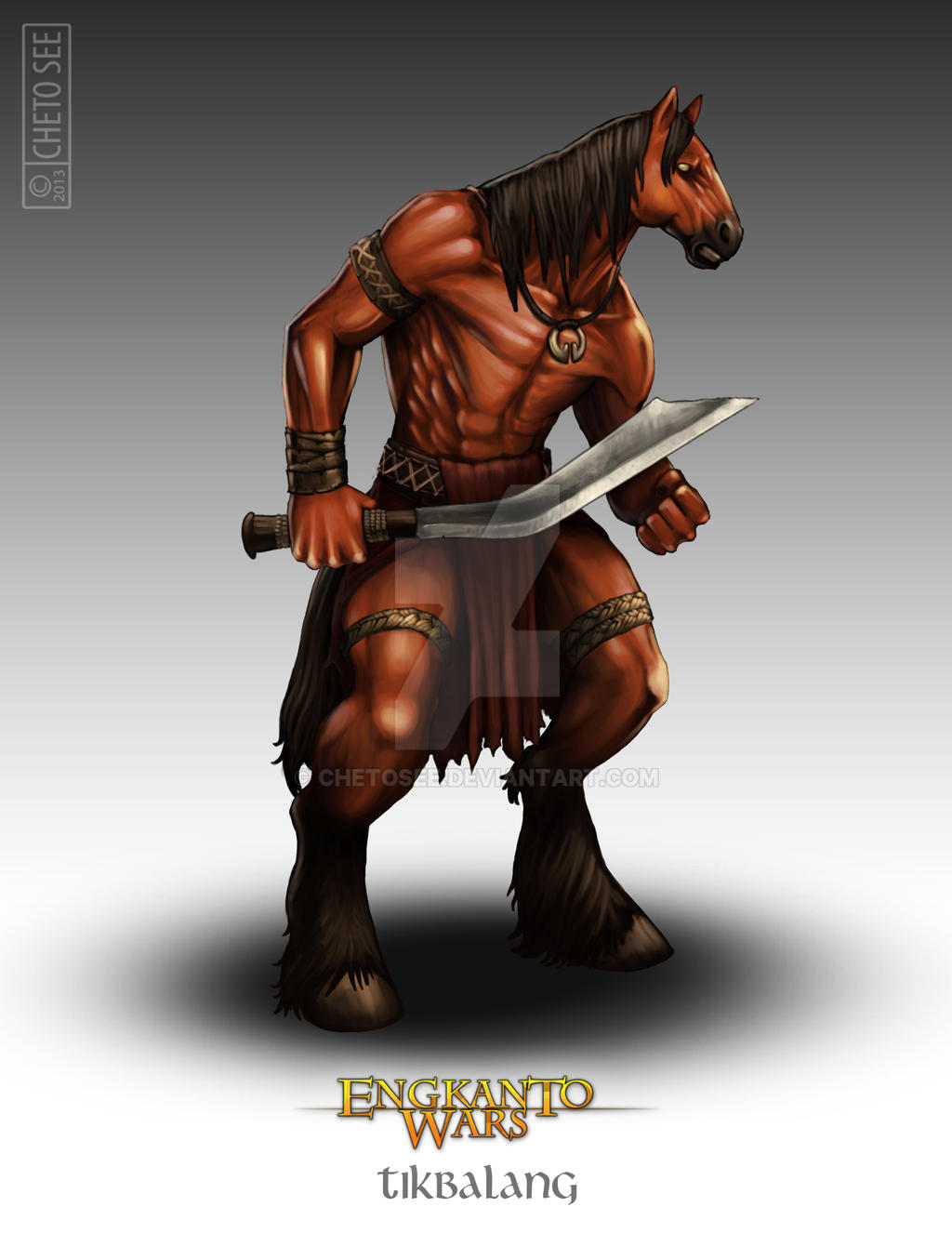
Tikbalang by chetosee on DeviantArt
In this video, we're going to learn about Tikbalang, the Phillipine Centaur. Tikbalang is a monster that is often featured in Filipino mythology and Asian my.

¿Quieres saber todo sobre Tikbalang? Apréndelo aquí
Sahabat anehdidunia.blogspot, aswang mungkin adalah Monster yang paling umum Filipina.Secara umum, mereka membentuk manusia di siang hari dan kemudian pada gilirannya malam menjadi anjing, babi, kelelawar, kucing, ular. jenis hewan tergantung pada pengetahuan regional.